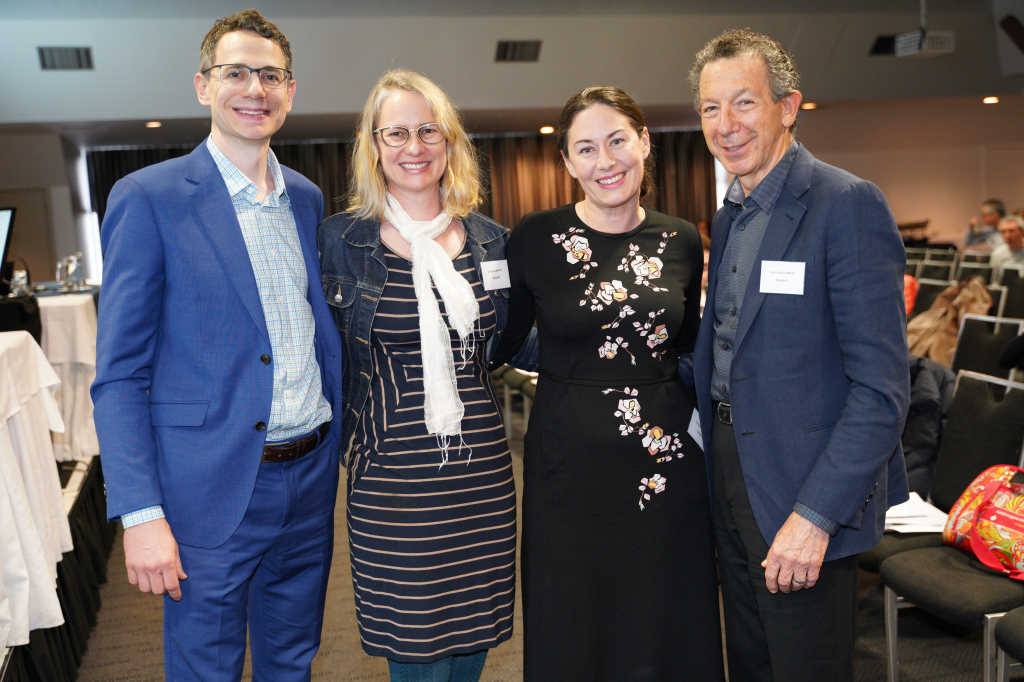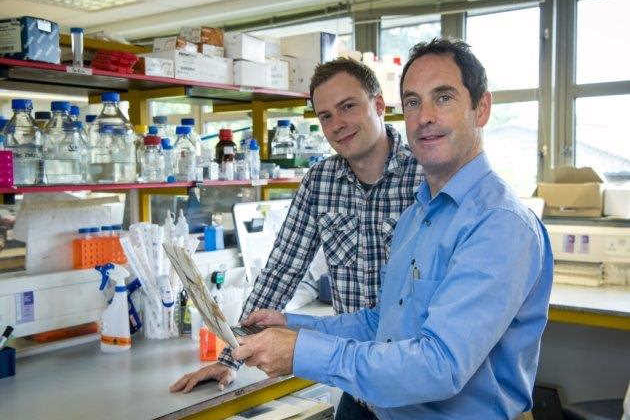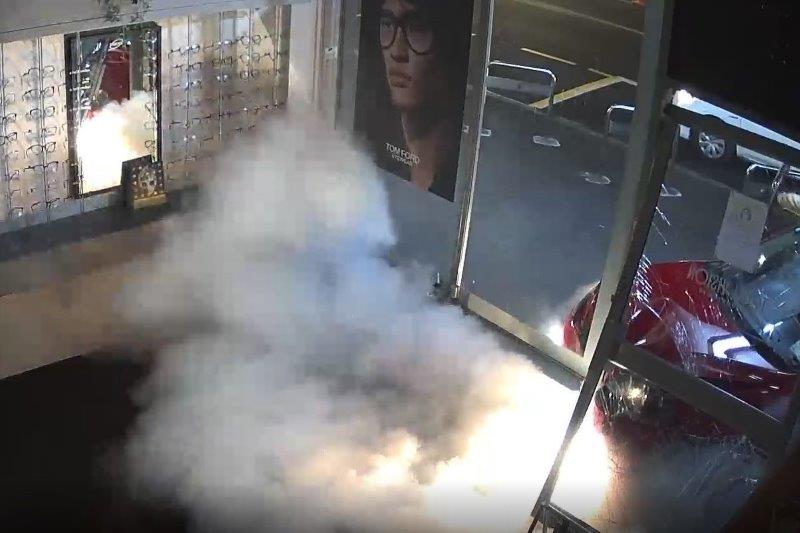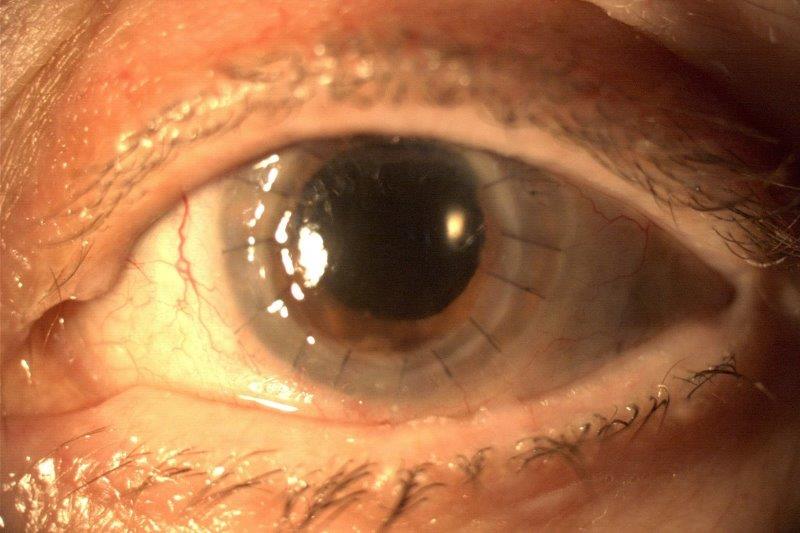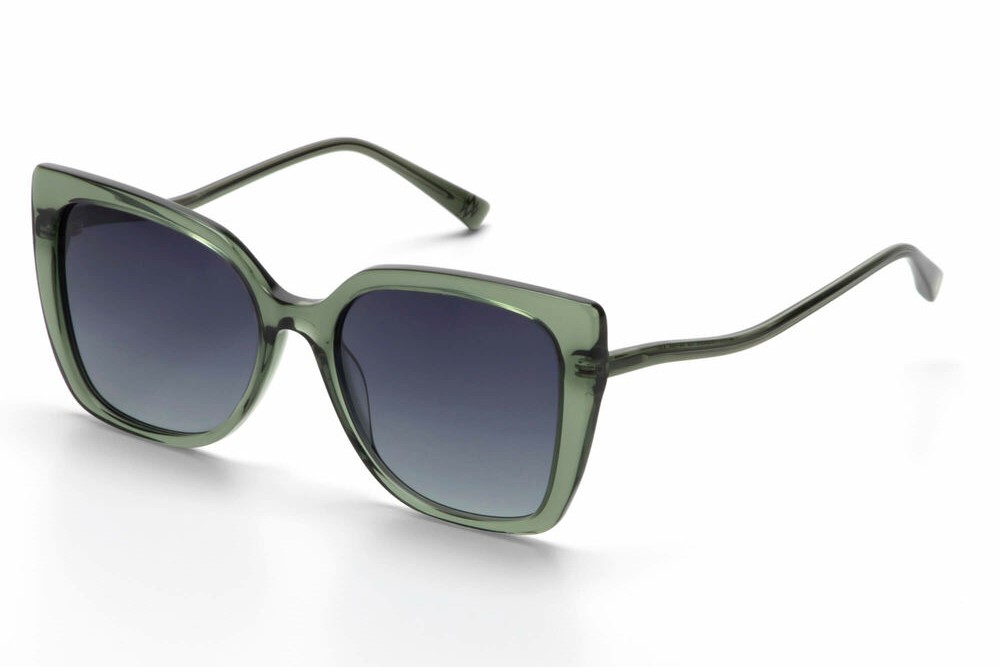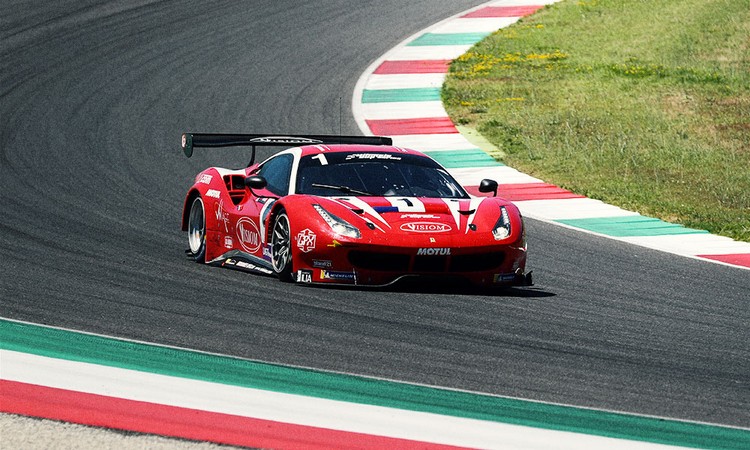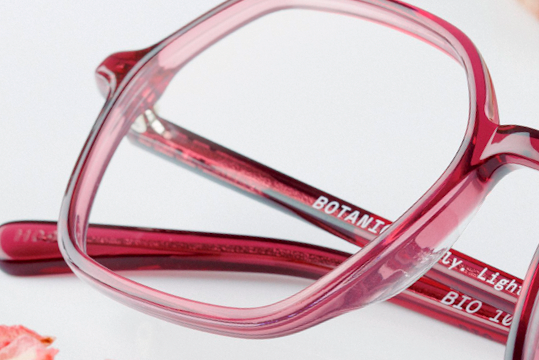Glaucoma NZ Symposium
Keynote speaker Professor Ivan Goldberg played a significant role in a memorable day’s programme at Glaucoma NZ’s fourth one-day symposium.
Beginning with a reminder that the organisation’s aim is to eliminate glaucoma blindness, Professor Goldberg spoke on the philosophy of uncertainty in medicine. He gave a history of how the development of clinical methods has changed the approach to glaucoma over the past 150 years, reminding listeners how glaucoma was understood to be a neuropathy in the 1800s.
Development of tonometry followed, then gonioscopy and static automated perimetry led to the useful triad of optic nerve structure, pressure and functional visual field, which underpin today’s clinical practice. His talk was pragmatic; reminding us to effectively use these tools to try to prevent the island of vision sinking and ending with the salient reminder of Dr Oliver Sacks’ advice to ‘actively listen to your patients’.
The programme followed the successful format of previous years, with a morning of presentations by local ophthalmologists on a wide range of topics. Dr Justin Mora shared the terrible aspects and challenges of treating infantile and juvenile glaucoma. There were practical tips from Dr Alex Buller on disc examinations, with an invitation to use his website www.glaucoma4k.org.
Dr Hussain Patel was back to update us on fields and the challenges of acquiring useful baselines, highlighting that the Visual Field Index can be a useful tool for discussion with patients too, in showing the projected course of glaucoma.
We were encouraged to know our patients and embrace the power of progression analysis with OCT by Dr Graham Reeves. He gave a handy reminder about using the GONE website to sharpen our disc assessments.
Given there is an ageing cohort of LASIK patients who are now presenting for glaucoma assessments, Dr Jay Meyer got us thinking about cornea, LASIK signs, and ‘fat cornea’. New technologies are emerging to measure the corneal biomechanics associated with glaucoma and Dr Meyer suggested these could end the days of Goldman tonometry, but that current techniques can be alarming for patients.
Dr Divya Perumal gave an animated presentation on surgical approaches to lowering pressure with MIGS, sharing that these new technologies require consultant learning and a different pathway from registrar surgical training.
There was an update from Dr Sonya Bennett on studies that may prove helpful for determining which Primary Angle Closure Suspects (PACS) would benefit from laser peripheral iridotomies. The ZAP (Zhongshan Angles Closure Prevention) study has followed large numbers of Chinese asymptomatic eyes with narrow angle configurations on gonioscopy, she shared, and is hopeful it will also provide data on what happens to untreated eyes in PACSs. Data collected at baseline will also help identify those at high risk of developing primary angle closure and primary angle closure glaucoma, she said.
We heard from Dr Rachel Niederer on the team approach required in tackling uveitic glaucoma. Dr Shenton Chew talked about the role of clear lens extraction in pressure control, while Dr Ben Hoy reminded us that IOP is only a number and that treatment goals should focus on progression of the disease.
A panel session focussed on glaucoma communication, highlighting the challenge of explaining a complex condition to patients when your own understanding and language around this is very advanced. Dr Sam Kain ‘played’ the patient, choosing to be a professional sportsperson in his role play.
The audience learned some gems of analogies to employ. I personally liked the idea of explaining to patients that the goal of treatment is to make the nerve safe.
We were given practical approaches to lifestyle questions our patients may ask. Issuing invitations for patients to do an inverted yoga pose in your practice then measure pressure immediately afterwards was an idea offered on creating a different clinical routine.
Various explanations of open and closed angles, many using prayer-like hand gestures, gave us an opportunity to see if these would make sense from a patient’s view point.
Given glaucoma treatment is described as a marathon not a sprint, we were reminded of the importance of building long-term relationships and working with patients and presenting risks to patients clearly in order to give them choices in their treatment. An example of this was to use the OHTS study; explaining how this showed that treating ocular hypertension would halve the risk of developing glaucoma in five years, but untreated, there was a 90% chance eyes would not develop glaucoma.
Overall, there were fewer presenters this year and this led to an open invitation for optometrists to embrace this opportunity to present in the future.
As optometrists, we can learn much from seeing glaucoma specialists discuss treatment plans and outcomes. It is not black and white: guidelines have soft edges. We see the value in robust discussion, learning from others and the role of ongoing research in glaucoma care.
When there are many offerings on the continuing education calendar, particularly in Auckland, this symposium remains a top performer. I would highly recommend marking it in your diary for next time.
Claire McDonald is a therapeutically qualified optometrist with a special interest in glaucoma and glaucoma co-management. She is co-owner of Warkworth-based McDonald Adams Optometrists.










